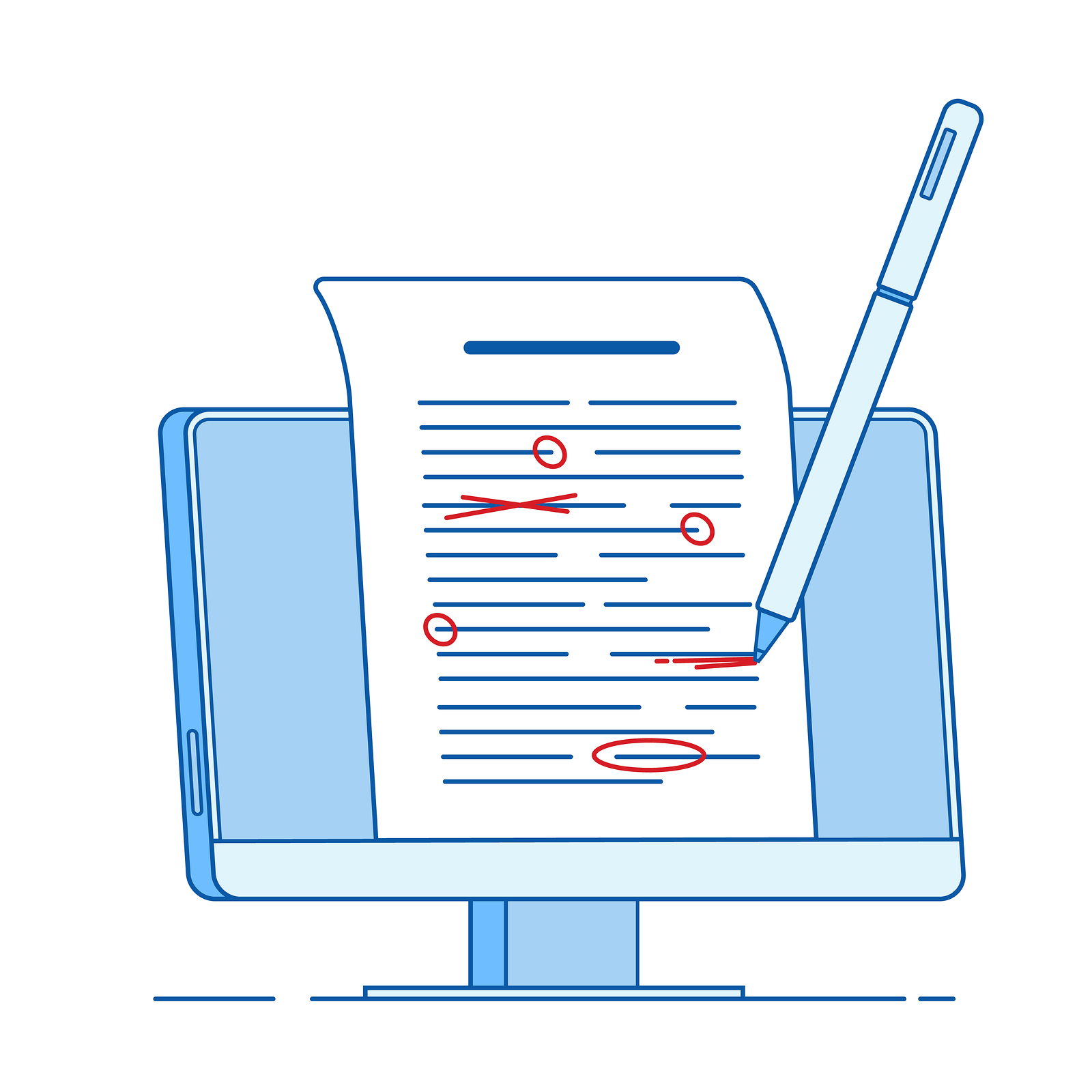Guidelines for publishing your research findings in English Подготовка научной публикации на английском языке: ключевые навыки
Section outline
-
Welcome to Guidelines for Publishing Your Research Findings in English e-course!
The course is organised in three modules. The first and second modules form the learning phase, you will focus on types of databases and citation software as well as research language trends and features respectively. The third module is the practice phase. You are asked to write an abstract following the guidelines provided and submit it for the final evaluation.
To get more information on grading policy and assessment criteria, please check the folder Course Assessment Policy.
IMPORTANT: Take a couple of minutes to read and fill in the Course Learning Support Agreement as a necessary condition to start the course. Failure to comply with this procedure will deny your access to the course as a full-fledged participant.
For questions or comments related to this section do not hesitate to reach us using the General Forum below.
-
Module I: Navigate abstract and citation databases / Работа с реферативными и библиографическими базами данных
HighlightedIn Block 1 of this Module we will look into different types and classification of databases (Google Scholar, Scopus, Web of Science and ORCID). Block 2 discusses citations and citation management software.
-
 Block 1. Types and
Сlassification of Databases
Block 1. Types and
Сlassification of DatabasesWatch this video to get the general overview of citation databases:
-
 Topic 1.1 Google Scholar
Topic 1.1 Google ScholarThese videos offer general information on Google Scholar and present effective guidelines on how to use it for academic research. Watch them and complete the task below.
-
 Topic 1.2 SCOPUS
Topic 1.2 SCOPUSIn this part of the module you will learn some key Scopus features that will help you get the research material you want easily and quickly, and without compromising on quality.
To achieve this goal, please go through the folder with the enclosed articles first and then refer yourself to the tasks described below.
-
Topic 1.3 Web of Science (WoS)
This part of Block 1 discusses another citation database with its search functionalities. It also offers practical tips on how to use it more efficiently when searching for relevant scientific information.
To successfully complete it, please study the enclosed material in the sequence provided below. To check the learning outcomes, complete the task in line with the due requirements.
-
 Topic 1.4 ORCID
Topic 1.4 ORCIDThe final part of Block 1 is dedicated to Open Researcher and Contributor ID (ORCID). Why do we need it? And how can we register? These questions are all covered in the next subsection. To challenge your practical skills and knowledge, complete the tasks linked below.
-
Block 2. Format and Generate Citations: Citation Management Software
You have probably heard your professor talk about the importance of including citations in your research paper. But what exactly are citations? When should we make them, and why are they so important? Read on for citation basics.
-
Further reading:
While going through the texts of this section, you could have probably encountered some terms and concepts we would like you to feel more confident about. Here are some of them: Parenthetical Citation vs Footnote; Reference List, Works Cited Page and Bibliography
-
-
Module II: Adjust Your Language For Research / Особенности составления научного текста на английском языке
-
 Block 1. From a subject to good search terms. Developing keywords
Block 1. From a subject to good search terms. Developing keywordsThis block of the module introduces you to the notion of scientific article, defining its structure and the essence of keywords.
-

Block 2. Research language trends and features
This part of the module is fully dedicated to the essentials of effective scientific writing. To get the most out, please read the enclosed files, complete the practical assignments and join the forum discussion.
-
Answers for Forum Activity (Correcting, improving and paraphrasing).) File
-
-
Module III: Write Your Abstract / Практические рекомендации для составления аннотации на английском языке
-
 Block 1. Developing an abstract template
Block 1. Developing an abstract templateIn this part of the course you will learn about different types of abstracts and get practical tips on how to structure your abstract.
-
 Block 2. Guidelines for writing your abstract
Block 2. Guidelines for writing your abstractIn this part of the course, you will learn how to write your research abstract. The road to the perfect abstract may be bumpy, but the content of this block will encourage you to stay committed to the process.
-
